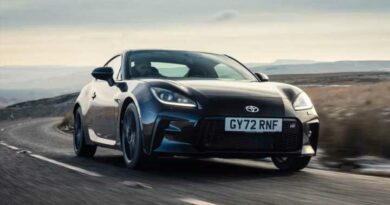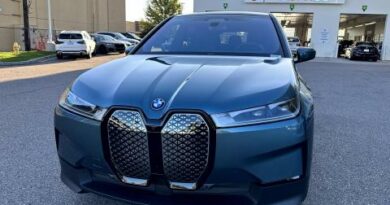Large SUVs are unsafe for pedestrians & cyclists, says GNCAP Chief
Every second car sold in India is an SUV or MPV & that their rate of growth is far higher compared to that of hatchbacks or sedans.
David Ward, Executive President, Global NCAP, recently addressed an audience at the Global Road Safety Initiative held in New Delhi, India. At the event, Ward highlighted the threat posed by large SUVs towards other road users, especially pedestrians, cyclists and others in smaller cars.
Several studies have shown that SUVs and pick-up trucks are more deadly to road users in almost any crash, compared to other cars. Ward stated, “The risk of fatal injuries to vulnerable road users increases as the bonnet height of the vehicle hitting them increases.” He further added, “For instance, a pedestrian or cyclist when hit by a car with a bonnet 90 cm high, runs a 30 per cent greater risk of fatal injury than if hit by a vehicle with a bonnet 10 cm lower.”
Ward also mentioned, “It would be a major mistake if the Indian auto industry follows the US’ example on size and weight of SUVs. For our climate goals and the safety of vulnerable road users, vehicle size matters more than ever before.”
Reports state how every second car sold in India is an SUV or MPV & that their rate of growth is far higher compared to that of hatchbacks or sedans. The UV segment is the main sales driver for nearly all major carmakers in the country. Sales of SUVs in India are said to have witnessed a 26% Y-o-Y growth in the first eight months of 2023. The SUV segment contributes to 53% of PV sales in the country as of November 2023.
The GNCAP chief also mentioned how it is up to the country’s government to push the market towards vehicles fit for purpose and safer for all road users. He said, “The governments should discourage the sale of these big vehicles.”
As per the latest data from MoRTH, at least one person died every three minutes in India. Road accidents claimed 1,55,781 lives and caused injuries to 4,43,366 people during the 2022 calendar year.
Source: Read Full Article


